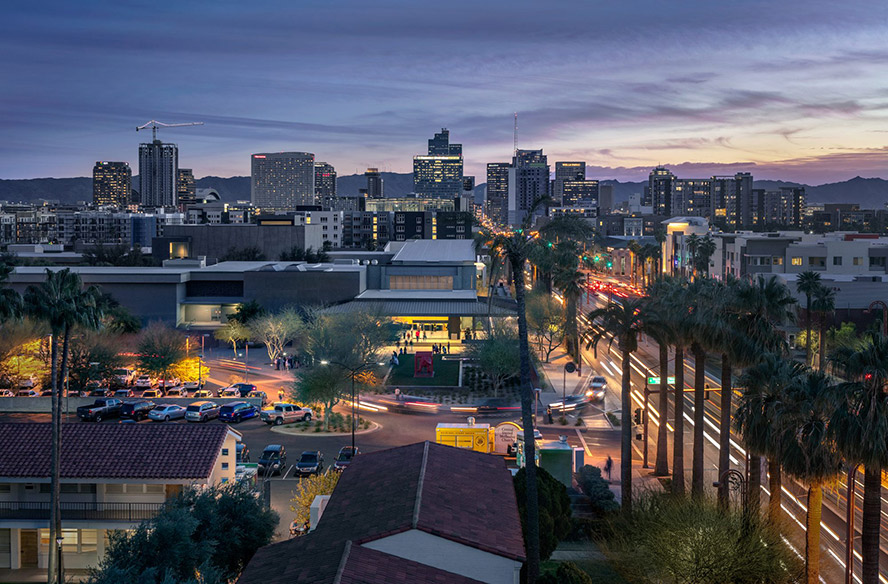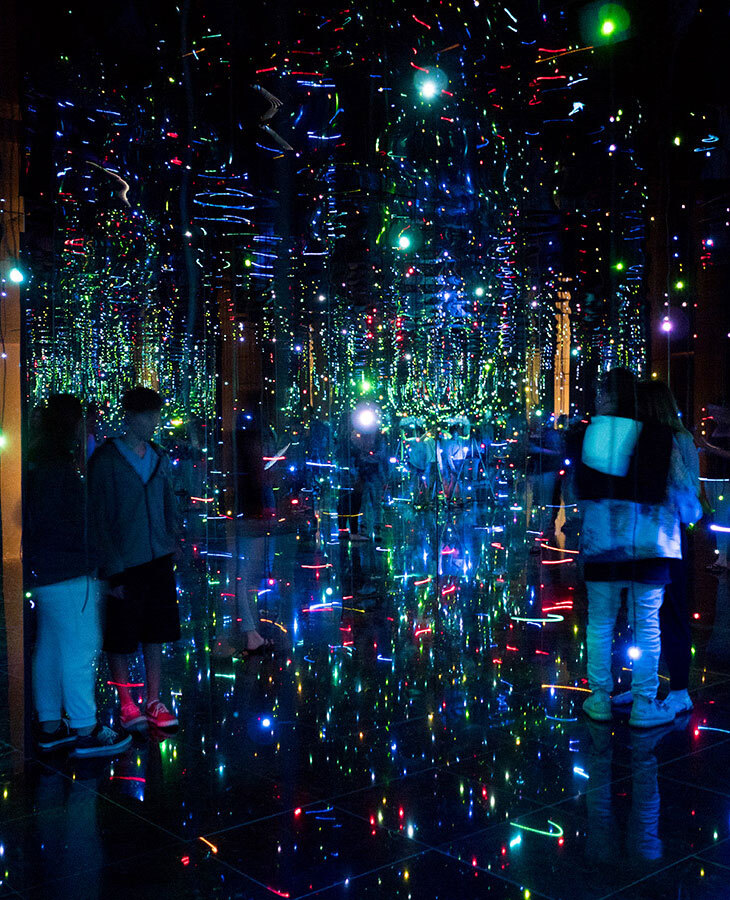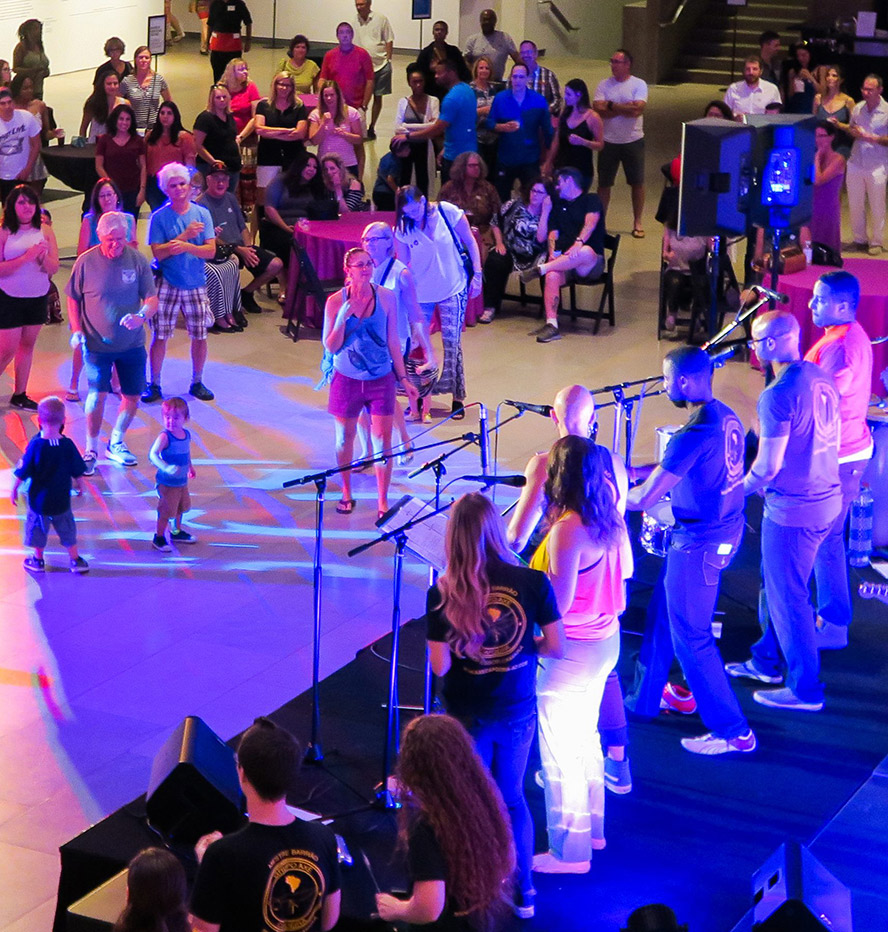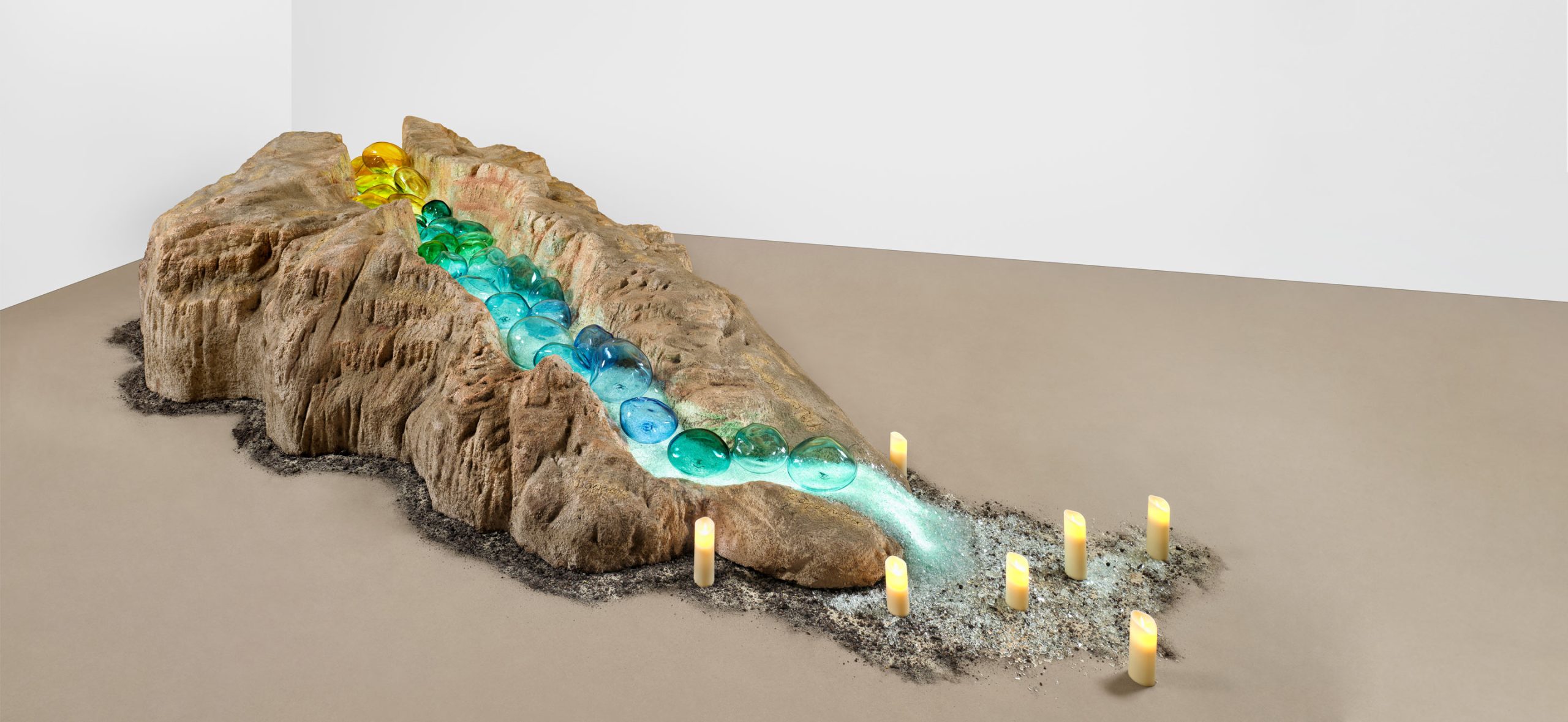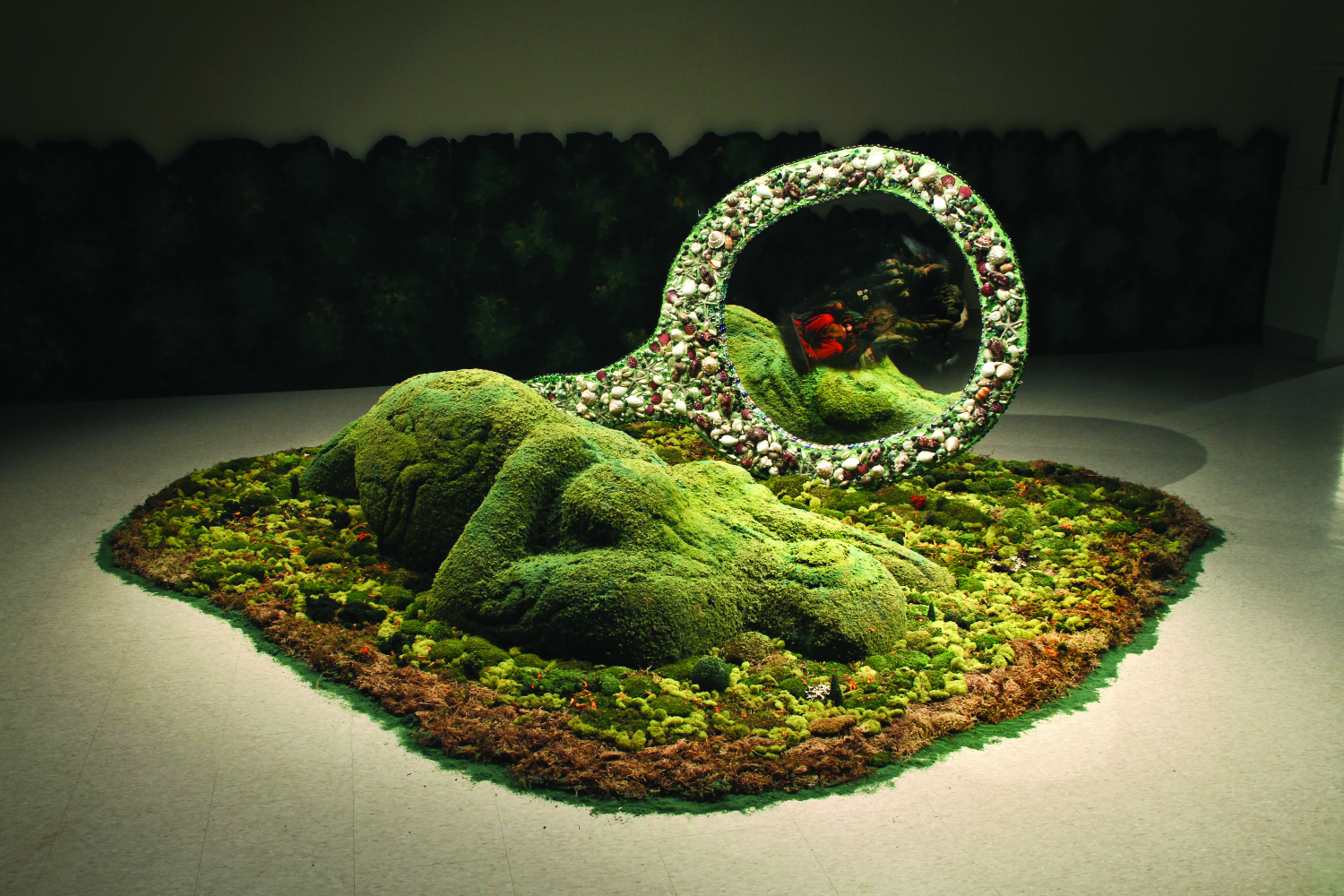
ABOUT THE EXHIBITION
Organized by Berkeley Art Museum and Pacific Film Archive, Amalia Mesa-Bains: Archaeology of Memory is the first major retrospective to explore the historically significant work and career of Amalia Mesa-Bains, a pioneering Chicana and feminist multimedia artist. The exhibition brings together nearly 60 works created over 45 years, including the artist’s renowned altar-installations and her lesser-studied handmade books and palimpsest prints characterized by a signature archeological aesthetic of layering and excavation.
{Header) Amalia Mesa-Bains, What the River Gave to Me, 2002. Mixed media installation including hand-carved and painted sculptural landscape, LED lighting, crushed glass, hand-blown and engraved glass rocks, candles; 48 x 48 x 168 in. Courtesy of the artist and Rena Bransten Gallery, San Francisco. Photo: John Janca.
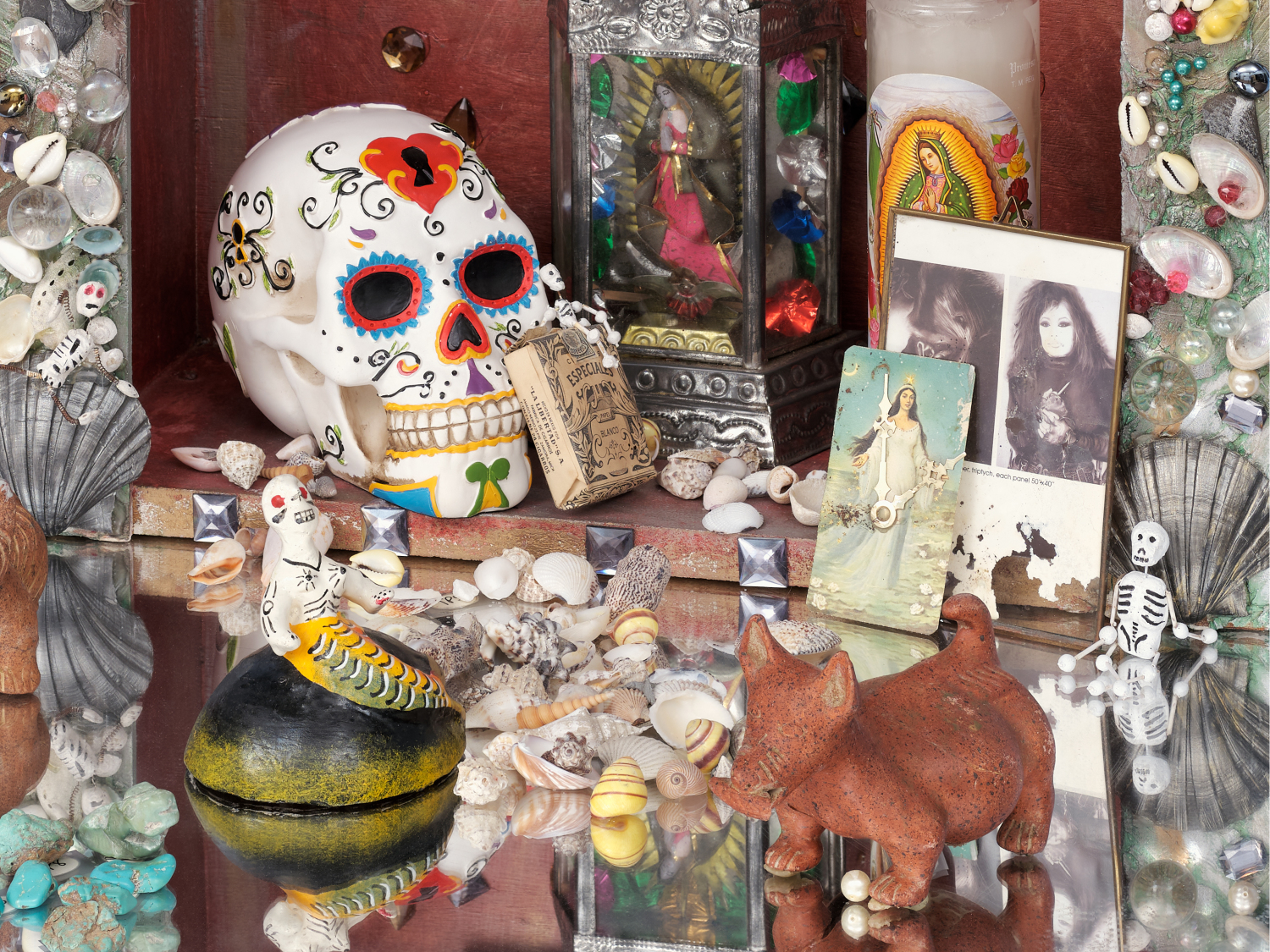
Born in 1943 in Santa Clara, California, to immigrant parents, Mesa-Bains is an artist, activist, educator, and scholar who has explored the experiences, spiritual practices, and histories of Mexican-American women and the colonial erasure and recovery of Mexican, African-American, and Indigenous Californians. In the mid-1970s, she first innovated with sacred forms rooted in Mexican Indigenous practices of honoring one’s familial ancestors, including altares (home altars), ofrendas (offerings to the dead), and descansos (roadside resting places). These works—now considered her signature altar-installations—also honor the memories of the artist’s cultural predecessors, including Sor Juana Ines de la Cruz, Santa Teresa de Avila, Frida Kahlo, and other women whose lives defied societal norms and expectations of the times. Mesa-Bains eventually expanded her installation-based works to explore more public environments such as laboratories, libraries, gardens, and landscapes.
IMAGE CREDIT
Amalia Mesa-Bains, Queen of the Waters, Mother of the Land of the Dead: Homenaje a Tonantzin/Guadalupe (detail), 1992. Mixed media installation including fabric drape, six jeweled clocks, mirror pedestals with grottos, nicho box, found objects, dried flowers, dried pomegranate, potpourri; 120 x 216 x 72 in. Courtesy of the artist and Rena Bransten Gallery, San Francisco.

Altogether, the artist’s work offers an archeological examination into the politics of space, highlighting both the complexities of domestic life for immigrant and Mexican-American women across different historical periods, as well as the many ways colonial narratives erase Mexican, African-American, and Indigenous identities from mainstream American media and culture. Through her practice, Mesa-Bains has blazed a trail for feminist Chicanx art, bringing it to wider global audiences and carving a place for it more broadly within the history of contemporary American art.
IMAGE CREDIT
Amalia Mesa-Bains, Guadalupe Twins in Venus Envy Chapter III: Cihuatlampa, the Place of the Giant Women, 2023. Giclée print. 24 × 36 inches (60.96 × 91.44 cm). Courtesy of the artist and Rena Bransten Gallery, San Francisco.
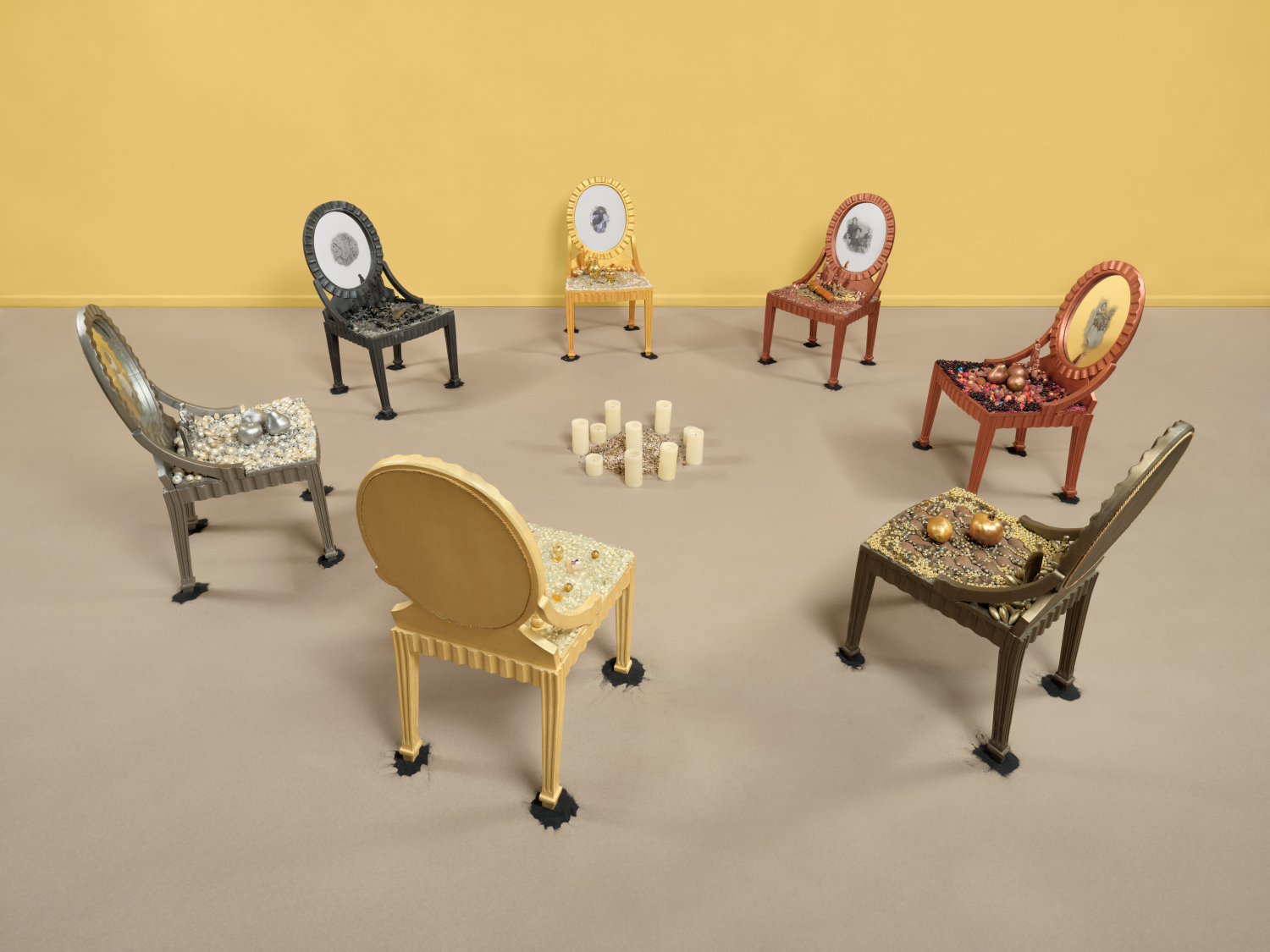
Amalia Mesa-Bains, Circle of Ancestors, 1995. Mixed media installation including candles and seven hand-painted chairs with mirrors and jewels; 168 in. diameter. Courtesy of the artist and the Rena Bransten Gallery, San Francisco.
ARTIST INTERVIEW
EXHIBITION SPONSORS


Amalia Mesa-Bains: Archaeology of Memory is organized by Berkeley Art Museum and Pacific Film Archive (BAMPFA) in collaboration with the Latinx Research Center (LRC) at UC Berkeley. The exhibition is co-curated by María Esther Fernández, Artistic Director, The Cheech Marin Center for Chicano Art & Culture of the Riverside Art Museum, and Laura E. Pérez, PhD, Professor of Chicanx, Latinx and Ethnic Studies, and Chair of the Latinx Research Center, UC Berkeley. Its presentation at Phoenix Art Museum is coordinated by Christian Ramírez, the Cohn Assistant Curator of Contemporary and Community Art Initiatives.
Amalia Mesa-Bains: Archaeology of Memory is made possible by generous lead support from the Henry Luce Foundation and The Andy Warhol Foundation for the Visual Arts. The exhibition’s presentation at Phoenix Art Museum is made possible through the generosity of Virginia G. Piper Charitable Trust Exhibition Endowment Fund. All exhibitions at Phoenix Art Museum are underwritten by the Phoenix Art Museum Exhibition Excellence Fund, founded by The Opatrny Family Foundation with additional major support provided by Joan Cremin. In-kind support provided by Kimpton Hotel Palomar.
RESOURCES
PRESS INFORMATION
Media Images and Credit Lines
DOWNLOADPress Release
Phoenix Art Museum presents first major retrospective of work by groundbreaking Chicana artist Amalia Mesa-Bains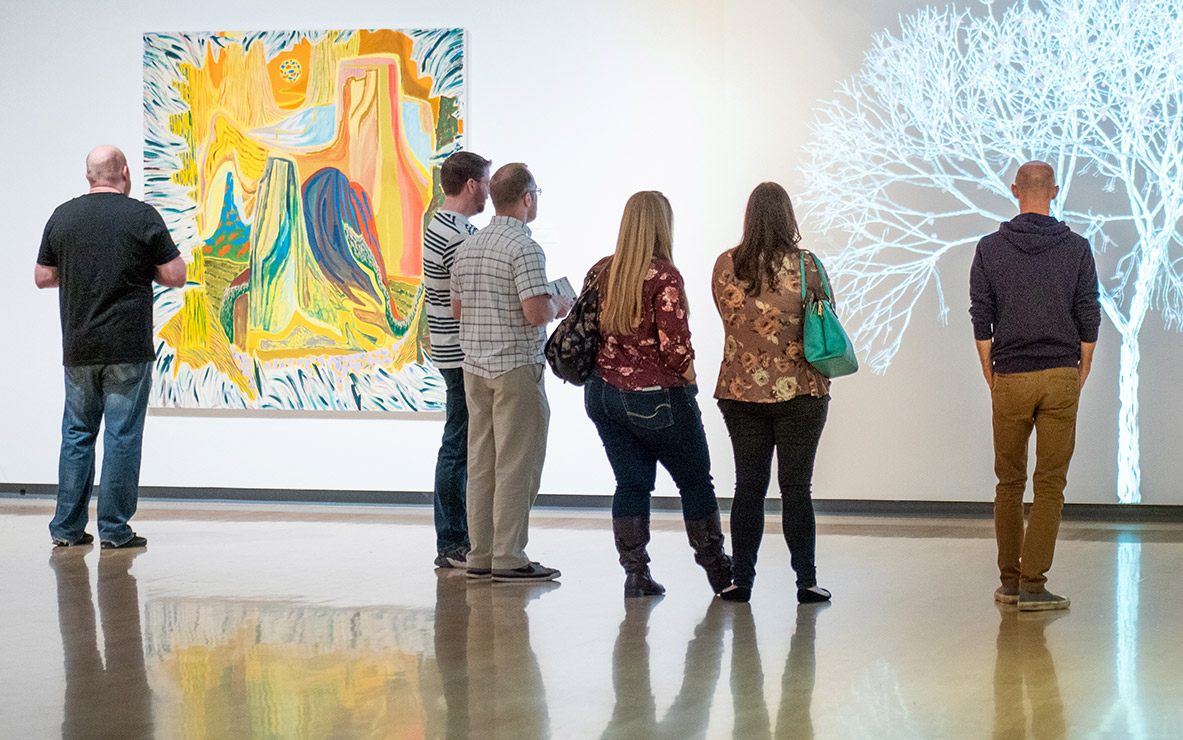
Featuring more than 20,000 objects, the collection spans the globe, bringing the world to our city, and our city to the world.
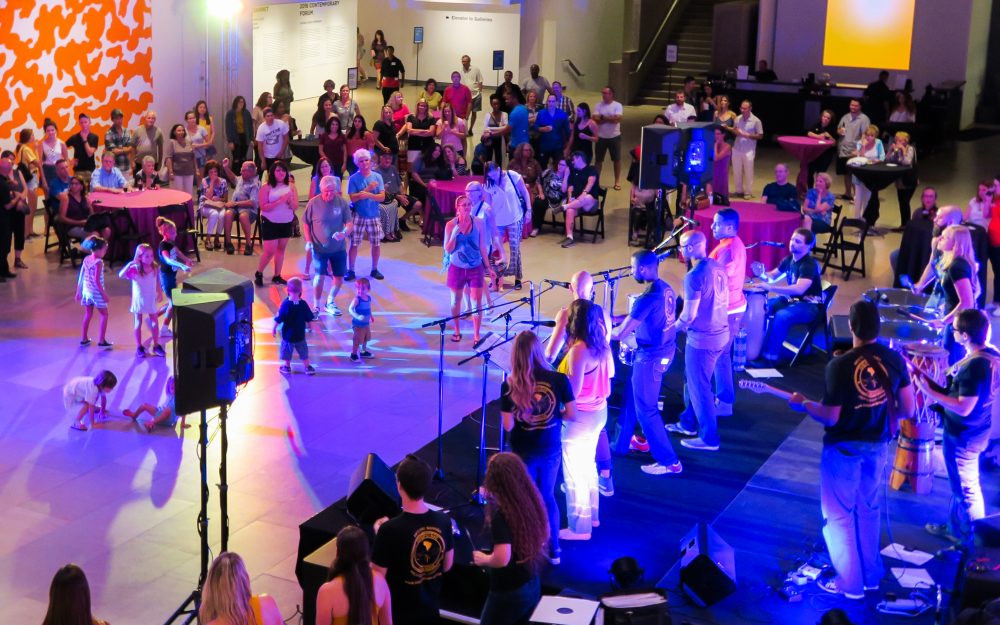
Discover a world of programs, workshops, and more, and experience your museum in a whole new way.
EXHIBITIONS
On view for a limited time, exhibitions present art from across the centuries and the globe, from iconic fashion to Old Master paintings, contemporary photography to historical objects of Asia.
MORECOLLECTIONS
Featuring more than 20,000 objects, the collection spans the globe, bringing the world to our city, and our city to the world.
MORE